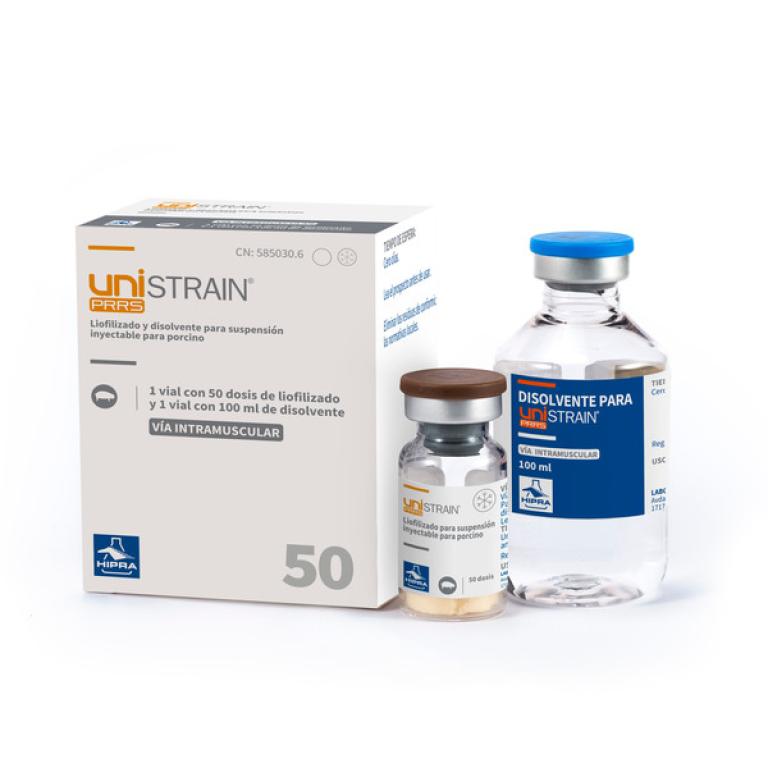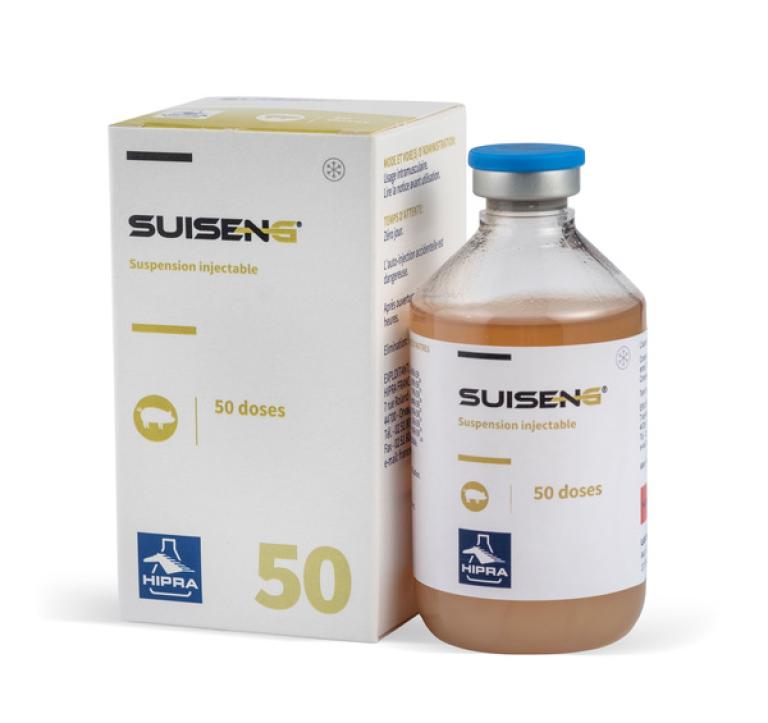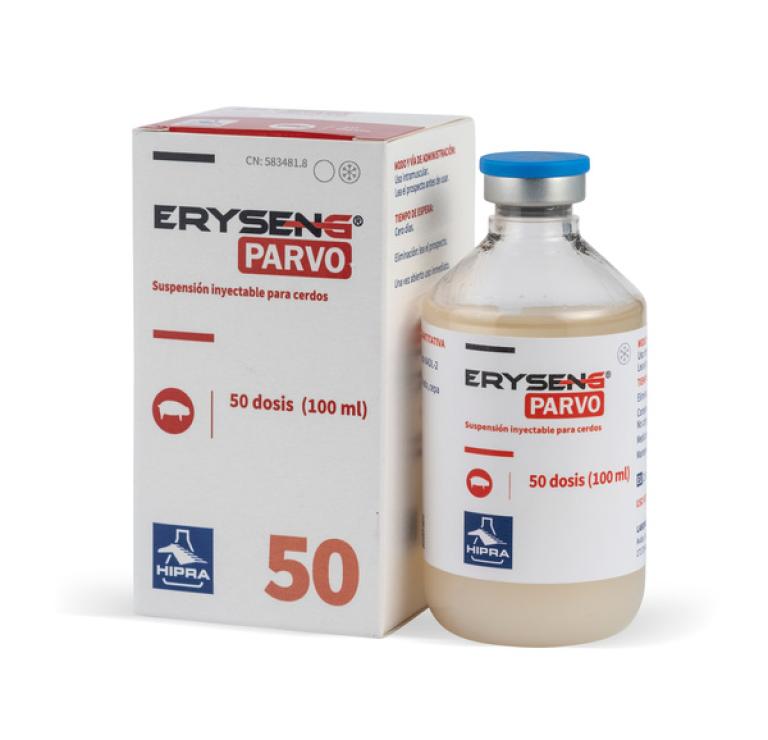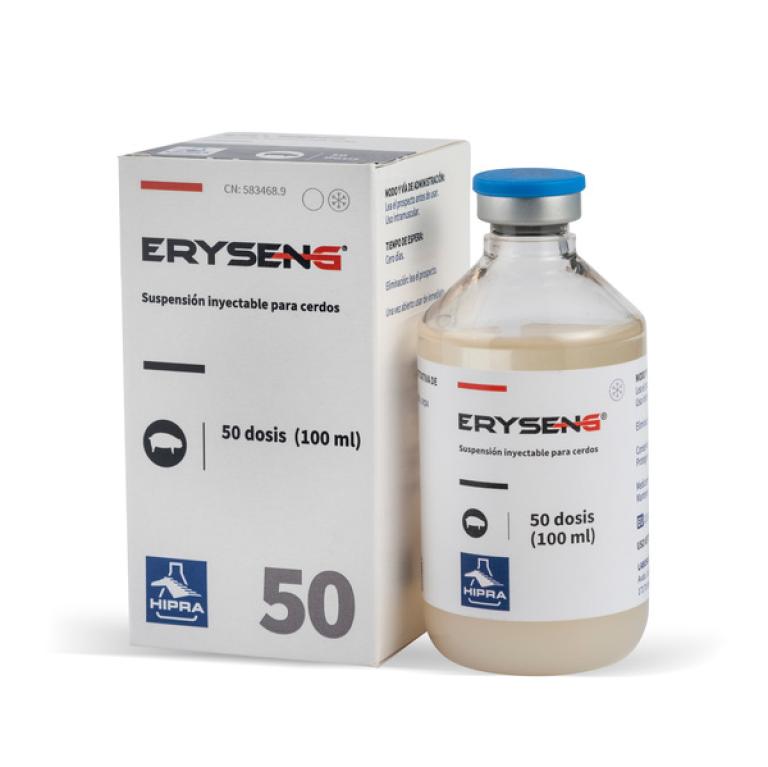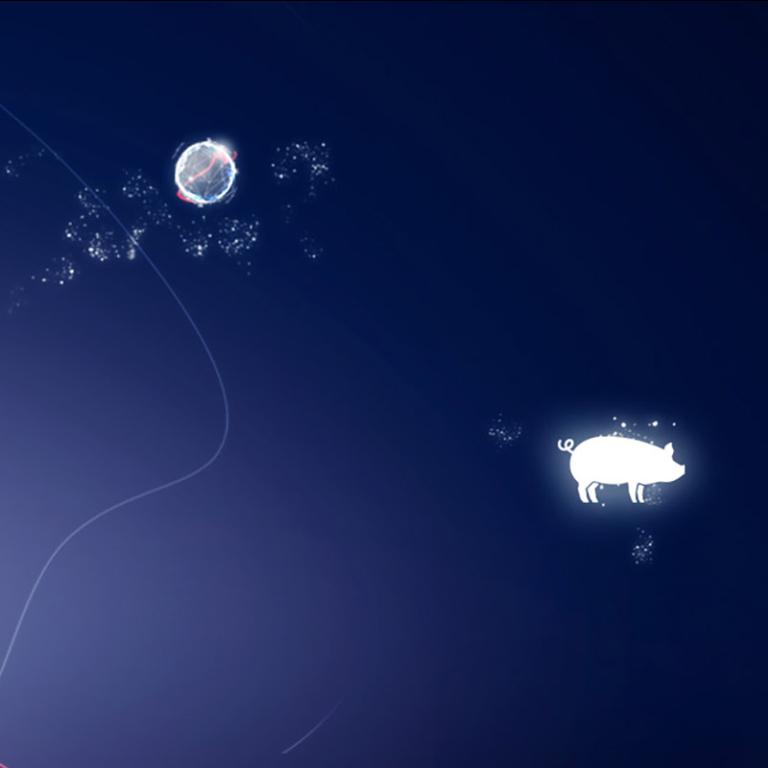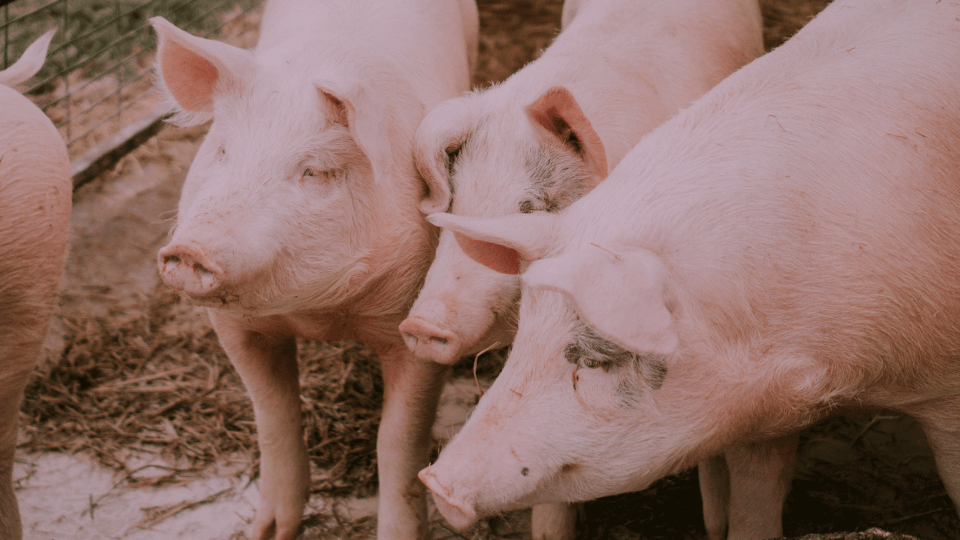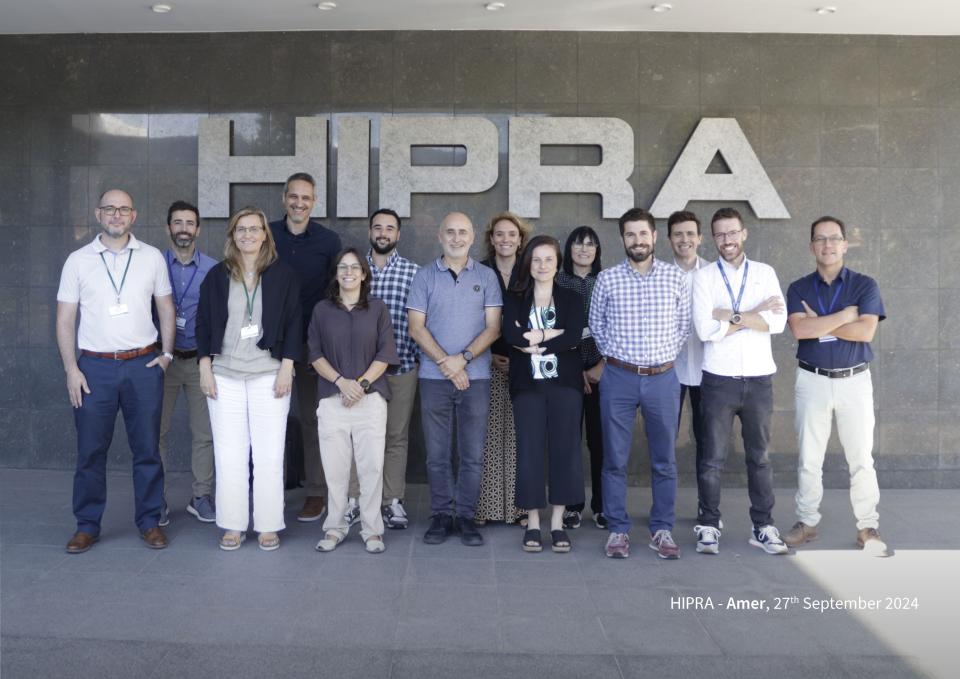2c. Economic Impact of Sow Mortality
The increase in the mortality rate in sows is one of the most problematic phenomena with which global swine production has been faced in recent years.
Nowadays, it is no surprise to be working with mortality rates of 6-7%, figures which a little while ago would have been alarming or even unacceptable for the majority of meat producers1.

FIGURE 1. Picture of a sow that has suddenly died. Source: HIPRA.
What is behind this increase in sudden deaths?
But above all, what impact does the increase have in terms of production costs?
There is nothing so disconcerting to a farmer or veterinarian on a pig farm as the sudden death of their breeding sows.
On the one hand, these are animals in which a large amount of money has been invested, and on the other, a high mortality rate increases the replacement rate and therefore the percentage of gilts, with the consequent risk of the appearance of pathological processes as a result of the destabilisation of the herd (low fertility, neonatal diarrhoea, outbreaks of PRRS, …)
The origin of the problem
61% of the causes of sudden death have a multifactorial aetiology which makes it very difficult to control; some of the most frequent causes are prolapses, gastric ulcers, mycotoxin poisoning, torsions, etc.
On the other hand, it is estimated that 39% of the causes of mortality in sows are of unknown aetiology, and this is something that is extremely surprising2. This is due to the fact that often it is not usual to perform necropsies on dead sows and so we may be missing the cause of death; infectious origins and non-infectious origins.
The infectious agents that cause mortality in sows include Clostridium novyi, a Gram-positive, anaerobic, spore-forming bacillus which, despite being strictly anaerobic, can in some cases show a certain tolerance to oxygen.
Clostridium novyi has been described as an aetiological agent of diseases such as myonecrosis, infectious necrotic hepatitis and bacillary haemoglobinuria3.
Regarding necrotic hepatitis, the disease progression is generally peracute, with barely any clinical signs, which complicates the isolation of the bacterium in animal carcasses. The principal clinical signs are4:
- The Sudden death during the peripartum period.
- Distension of the carcass with purple discoloration of the skin.
- Rapid and unusual post-mortem decomposition.
- Hepatomegaly, infiltration of bubbles and darkening of the liver
- Generalised oedema and subcutaneous infiltration of bubbles

Figure 2. Parenchyma of the liver infiltrated with gas bubbles, presenting a spongy appearance characteristic of sudden death in sows caused by Cl.noyvi.
Some studies have tried to determine the principal aetiologies that may coexist and cause outbreaks of mortality on swine farms.In fact, a study carried out on 74 farms with more than 1,150 sows in the United States concluded that5:
- Sudden death accounts for 50% of losses on a farm.
- 29% of the dead sows were lame (osteomalacia in young sows and osteochondrosis in the case of older sows).
- 14% of the dead animals had rectal prolapse.
- Clostridium novyi was isolated in 40% of dead animals. These results are complemented by a seroprevalence study carried out in Spain in which, after 855 sows from 143 different farms were analysed, 30.31% of the animals were found to be seropositive and 74.23% of farms were positive for Cl.novyi 6.
How much does an increase in mortality in breeding sows cost us?
Having reached this point, we have to ask ourselves how much money this increase in mortality on our farms is costing us. To answer this question, we have to be able to quantify the value that the individual loss of a breeding sow entails, and for this we will have to differentiate between two types of cost; sow-related costs (individual costs) and market-related costs (general costs).
General costs
If we ask ourselves where the economic impact of a death starts, we have to start with those costs that are not directly linked to the time or the conditions when a sow dies, but are fixed by prices established by the market and that the farmer does not then receive when a sow dies. These are costs that are variable and that affect all the sows in a region equally. By this we mean the:
- Cost of feed during gestation
- Cost of the sow at culling
- Cost of first mating
Individual costs
Sow-related or individual costs, as their name suggests, are opportunity costs that will have a different impact in each case of sudden death.
Here we are speaking of costs that are influenced by factors such as, for example, the phase of production in which an animal dies (as a death on day 13 of gestation is not the same as a death on day 114), the number of productive cycles or the feed consumed up to the time of death.
All these interconnected variables will ultimately influence two crucial values for the final cost:
- Genetics pending depreciation: this is the economic return that we have been able to (or not) obtain from the sow. Its value decreases with each productive cycle as the more piglets that have weaned, the greater the depreciation achieved.
- Value of the gestation: loss that includes the cost of mating, medicinal products, daily cost of the gestation space, and the feed consumed. Its value increases proportionately during the 114 days of gestation as the sow will have consumed more resources.
All this enables us to paint a scenario in which we can quantify the individual cost of a death at different phases of production:


Table 1. Simulation of the economic cost of the death of a breeding sow (€).
As we can see, the cost of each death is different, determined primarily by the third of gestation in which death occurs. The more feed that has been consumed, the greater the value of the gestation and therefore the economic impact.
In practical terms, this entire procedure has its limits as, when we want to calculate the global impact at farm level, we always have to work with approximations.
What we can do, despite the fact that we are working with approximations, is to find out the opportunity cost that we lose if we do not take measures to minimise sudden death (Table 2).


Table 2. Simulation of the economic cost at farm level using the average cost of deaths detailed above
Prevention, the best remedy
Immunisation against infectious hepatitis caused by Clostridium novyi is a routine practice throughout the world. This type of prevention only proves viable with the use of vaccines, generally toxoids based on alpha toxins.
SUISENG® is the only vaccine that contains the alpha toxoid of Clostridium novyi for the protection of breeding sows as well as protection of piglets against perinatal diarrhoea caused by Escherichia coli and Clostridium perfringens type C.

